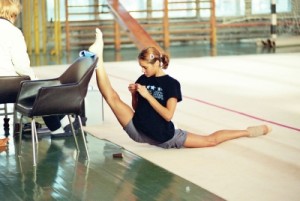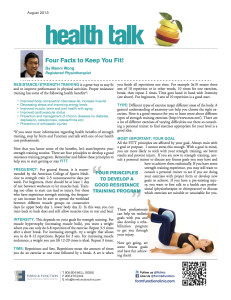Natural relief for menstrual cramps
Many women suffer for years from painful periods, a condition known as dysmenorrhea. Fortunately, there are several naturopathic therapies including acupuncture, nutritional changes and herbs that can help provide pain relief.
A study done on 120 females found here, demonstrated that women who consumed ginger root powder for 2 days before their period and the first 3 days of their period experienced less pain and shorter duration of pain than women who did not. Since menstrual cycles are a monthly occurrence, natural therapies such as ginger can be considered by women to decrease their dependence on pain medication.
Remember that in addition to pain relief, naturopathic medicine also helps to determine and treat the cause of painful periods, which is important for female reproductive and overall health.
Odette Bulaong ND




